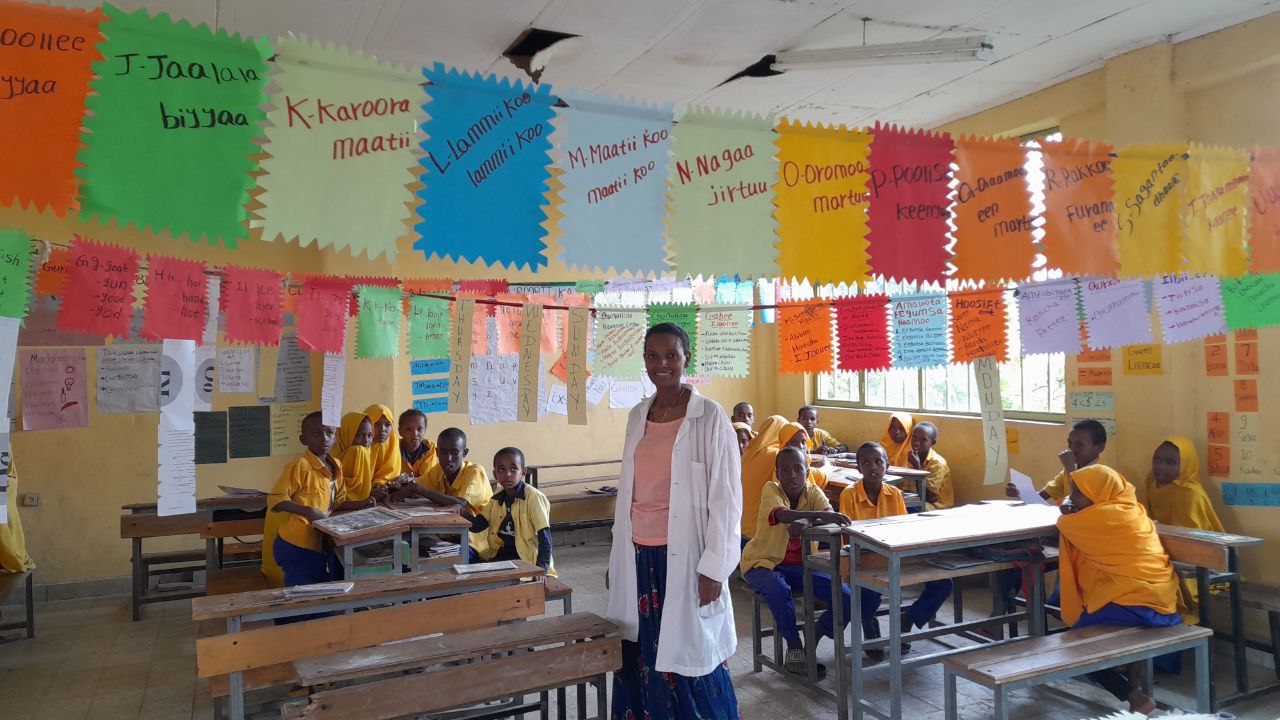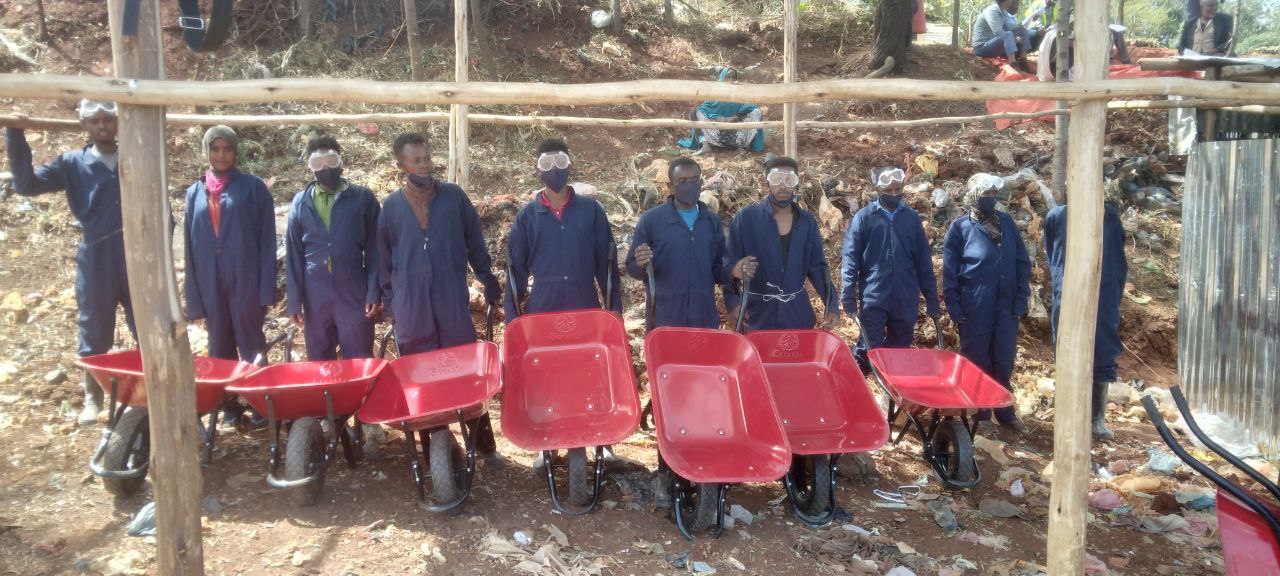Country
Aweday , kombolcha , and East Hararghe Zone in Ethiopia
Project
Innovative and collaborating integrated livelihood development support for migrant
- Our project in Dire Dawa has had a significant impact on the lives of the youth in the community. Dire Dawa is a corridor to different parts of the world, and many migrants use this route to leave the country. The town also has a high rate of unemployment, making many youths potential migrants. Additionally, abandoned plastic is common in the city, while plastic processing industries suffer from a shortage of plastic and import it from distant places like Adama.
- Our project organized and trained youth, providing them with working space in collaboration with the government. The factory agreed to provide used plastic molding machines and purchase processed plastic from the youth. This project enabled the youth to be organized, trained, and licensed, with their skills enhanced and provided with a molding machine. The government provided space for working, enabling the project to collect, mold, and sell the processed plastic to the factory.
- This project created employment opportunities for the youth, providing an average income of about 15,000 ETB per month for each of 560 project targets and sustainable supplies of molded plastic for the factory. The project also helped to promote urban cleaning and peace-building as the number of employed youths increased. Additionally, the project helped the youth to abandon their plan to migrate and have hope for their future.
- The out-of-the-box program has become an inspiration for the youth in the community who were not targeted by the project. As a result, the government has shown interest in implementing more interventions like this, following the example of the project benefiting 1000 youths. This project directly benefited 560 potential migrant youths, of which 60% are female. Overall, the project is one of the national best practices in green employment creation and livelihood promotion, making a significant impact on the lives of those we serve.


